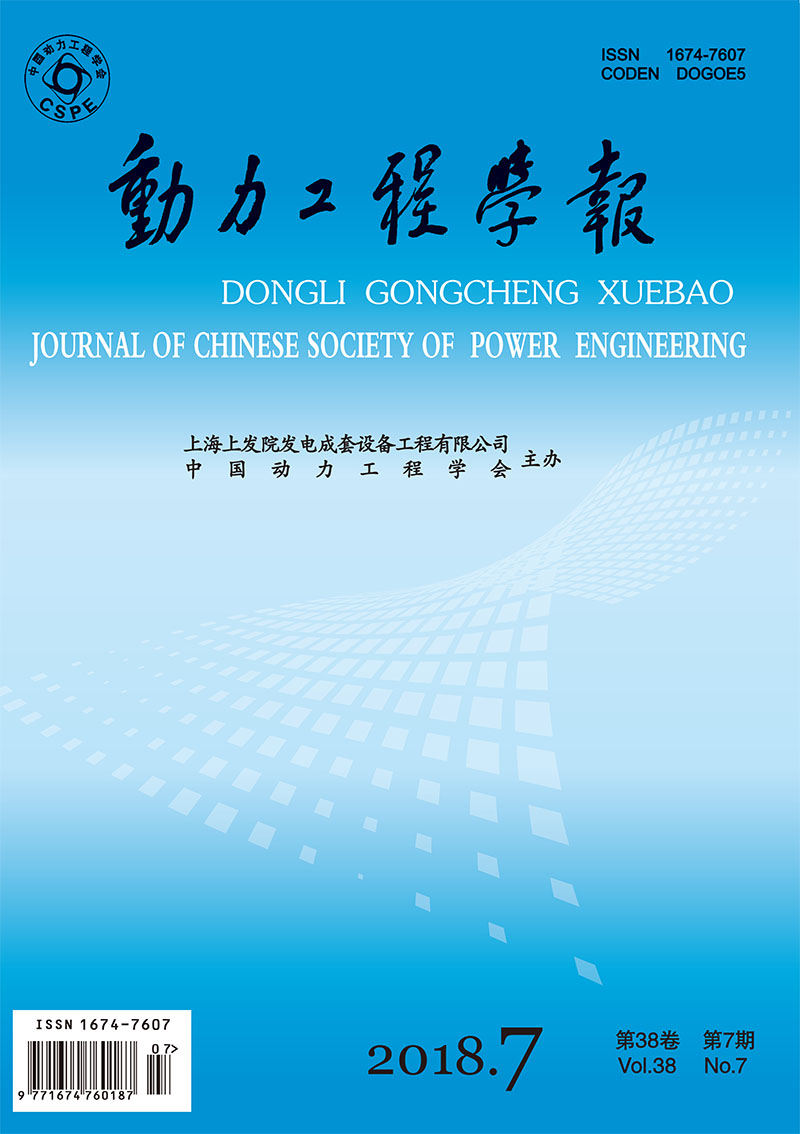HU Jianjun, ZHANG Xianglan, ZHANG Duo, KONG Xiangdong
2018, 38(7): 524-530.
To investigate the influence of a coupled structure with passive control on the turbine cascade flow, and to further reduce the tip clearance leakage, a numerical model was set up for the blade with spontaneous tip injection coupled with tip squealer, while the jet parameters were optimized using orthogonal experiment method, after which the combination A1B1C1 was proved to be the optimum one, i.e., the clearance height, the outlet flow angle and the deviation angle were respectively 0.5 mm, 30° and 0°. On above basis, the leakage flow field with spontaneous tip injection coupled with tip squealer was analyzed in detail from the aspects of internal streamline, velocity contour and average total pressure loss coefficient. Results show that, under smaller ratios of w/h (squealer width to blade height), there exists an optimal size of squealer, i.e. w=5%h and d=1%h, when higher clearance loss and lower leakage rate would be resulted for the blade with spontaneous tip injection coupled with tip squealer, compared with the structure of only spontaneous tip injection, indicating better inhibiting effect of the coupled structure. However, with the increase of w/h, the inhibiting effect gets weakened, sometimes even becomes worse than pure spontaneous tip injection, which can be observed clearly with the decrease of d/h (squealer depth to blade height).
